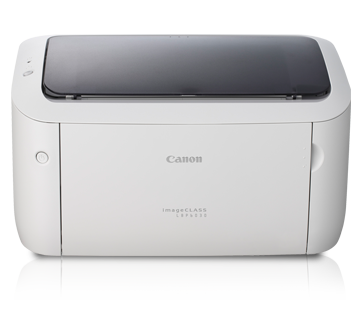What is Li-Fi ?
Li-Fi is a technology for wireless communication between devices using light to transmit data. The term was first introduced by Harald Haas during a 2011 TEDGlobal talk in Edinburgh. In technical terms, Li-Fi is a visible light communications system that is capable of transmitting data at high speeds over the visible light spectrum, ultraviolet and infrared radiation.
Using light to transmit data allows Li-Fi to offer several advantages like,
- Working across higher bandwidth
- Offering higher transmission speeds
- Being useful in electromagnetic sensitive areas such as in aircraft cabins, hospitals and nuclear power plants without causing electromagnetic interference.
- Both Wi-Fi and Li-Fi transmit data over the electromagnetic spectrum, but whereas Wi-Fi utilizes radio waves, Li-Fi uses visible light, Ultraviolet and Infrared.
- Wi-Fi is close to full capacity now, Li-Fi has almost no limitations on capacity. Researchers have reached data rates of over 224 Gbit/s.
- Li-Fi is expected to be ten times cheaper than Wi-Fi.
Li-Fi for Applications
- Security applications
- Underwater applications
Most remotely operated underwater vehicles (ROVs) use cables to transmit command, but the length of cables is limited. However, as a light wave could travel through water, Li-Fi could be implemented on vehicles to receive and send back signals.
- Hospital applications
- Vehicles applications
Vehicles could communicate with one another via front and back lights to increase road safety. Also street lights and traffic signals could also provide information about current road situations.
- Industrial automation applications
Anywhere in industrial areas data has to be transmitted, Li-Fi is capable to replace slip rings, sliding contacts and short cables, such as Industrial Ethernet. Due to real time capability of Li-Fi, which is often required for automation processes,it is also an alternative to common industrial Wireless LAN standards.
Disadvantages
- Internet cannot be used without a light source. This could limit the locations and situations in which Li-Fi could be used.
- Because it uses visible light, and light cannot penetrate walls, the signal's range is limited by physical barriers.
- A whole new infrastructure for Li-Fi would need to be constructed.



1 Comments
thanks interesting topic
ReplyDeleteThanks for the feedback